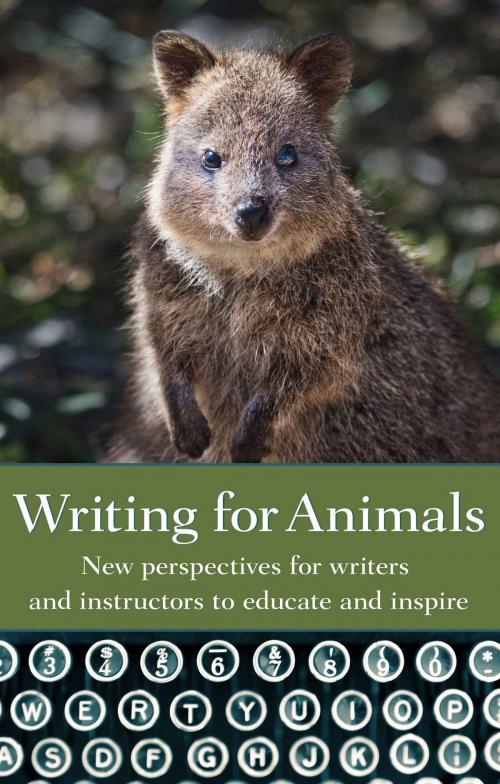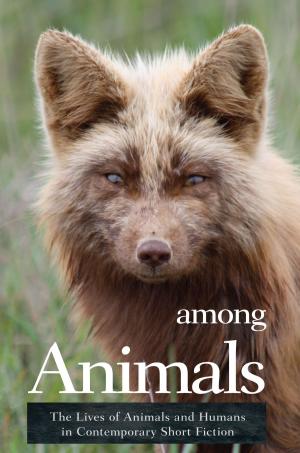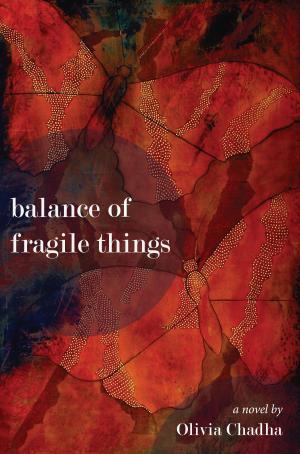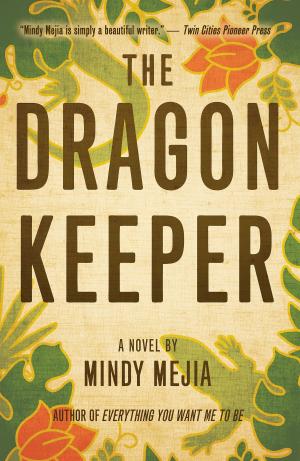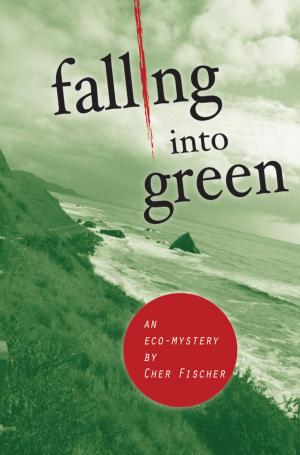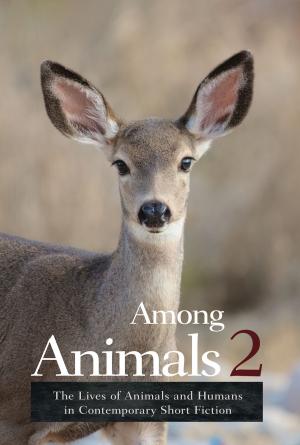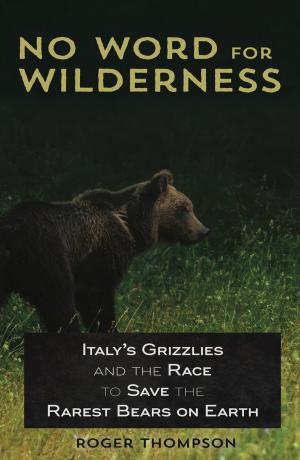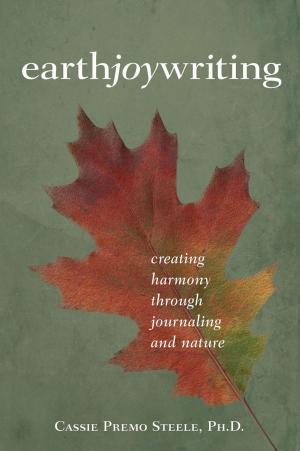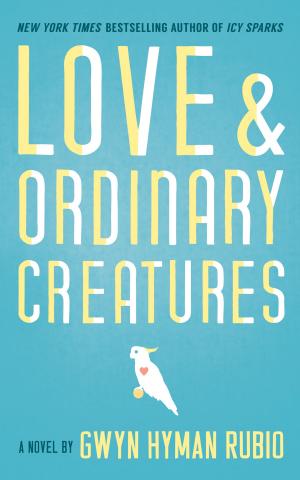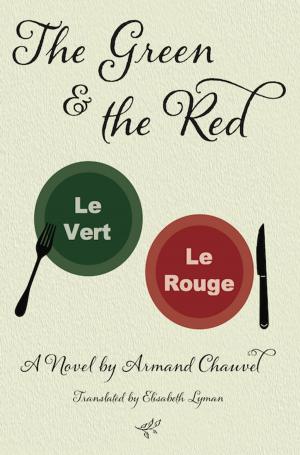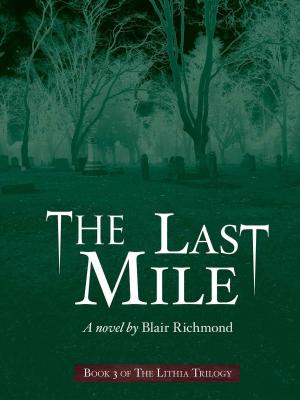Writing for Animals
New perspectives for writers and instructors to educate and inspire
Nonfiction, Science & Nature, Nature, Animals, Animals Rights, Wildlife, Environment, Environmental Conservation & Protection| Author: | John Yunker, Joanna Lilley, Lisa Johnson, Sangamithra Iyer, Alex Lockwood, Midge Raymond, Kipp Wessel, Hunter Liguore, Rosemary Lombard, Hannah Sandoval, Paula MacKay, Marybeth Holleman, Beth Lyons | ISBN: | 9781618220592 |
| Publisher: | Ashland Creek Press | Publication: | August 1, 2018 |
| Imprint: | Language: | English |
| Author: | John Yunker, Joanna Lilley, Lisa Johnson, Sangamithra Iyer, Alex Lockwood, Midge Raymond, Kipp Wessel, Hunter Liguore, Rosemary Lombard, Hannah Sandoval, Paula MacKay, Marybeth Holleman, Beth Lyons |
| ISBN: | 9781618220592 |
| Publisher: | Ashland Creek Press |
| Publication: | August 1, 2018 |
| Imprint: | |
| Language: | English |
A unique anthology of articles and essays to inspire animal-themed creative writing
Despite all we know about the sentience of animals, society tends to view and treat nonhuman animals as lesser creatures. And for society to change its views, writers must change their views. We must look closely at how we depict animals and ask ourselves difficult questions. For example, are we using animals for our writing in a way that is authentic and fair? Or are we using them for our own purposes, leading to further misconceptions and abuses?
As our awareness awakens about animals’ intelligence, sensitivity, and social and emotional lives, literature is beginning to reflect this change in awareness. Yet little has been written about the process of writing about animals, from crafting point of view to giving animals realistic voices.
Writers face many questions and choices in their work, from how to educate without being didactic to how to develop animals as characters for an audience that still views them as ingredients. In this book, writers will find myriad voices to assist them in writing about animals, from tips about craft to understanding the responsibility of writing about animals.
A unique anthology of articles and essays to inspire animal-themed creative writing
Despite all we know about the sentience of animals, society tends to view and treat nonhuman animals as lesser creatures. And for society to change its views, writers must change their views. We must look closely at how we depict animals and ask ourselves difficult questions. For example, are we using animals for our writing in a way that is authentic and fair? Or are we using them for our own purposes, leading to further misconceptions and abuses?
As our awareness awakens about animals’ intelligence, sensitivity, and social and emotional lives, literature is beginning to reflect this change in awareness. Yet little has been written about the process of writing about animals, from crafting point of view to giving animals realistic voices.
Writers face many questions and choices in their work, from how to educate without being didactic to how to develop animals as characters for an audience that still views them as ingredients. In this book, writers will find myriad voices to assist them in writing about animals, from tips about craft to understanding the responsibility of writing about animals.
